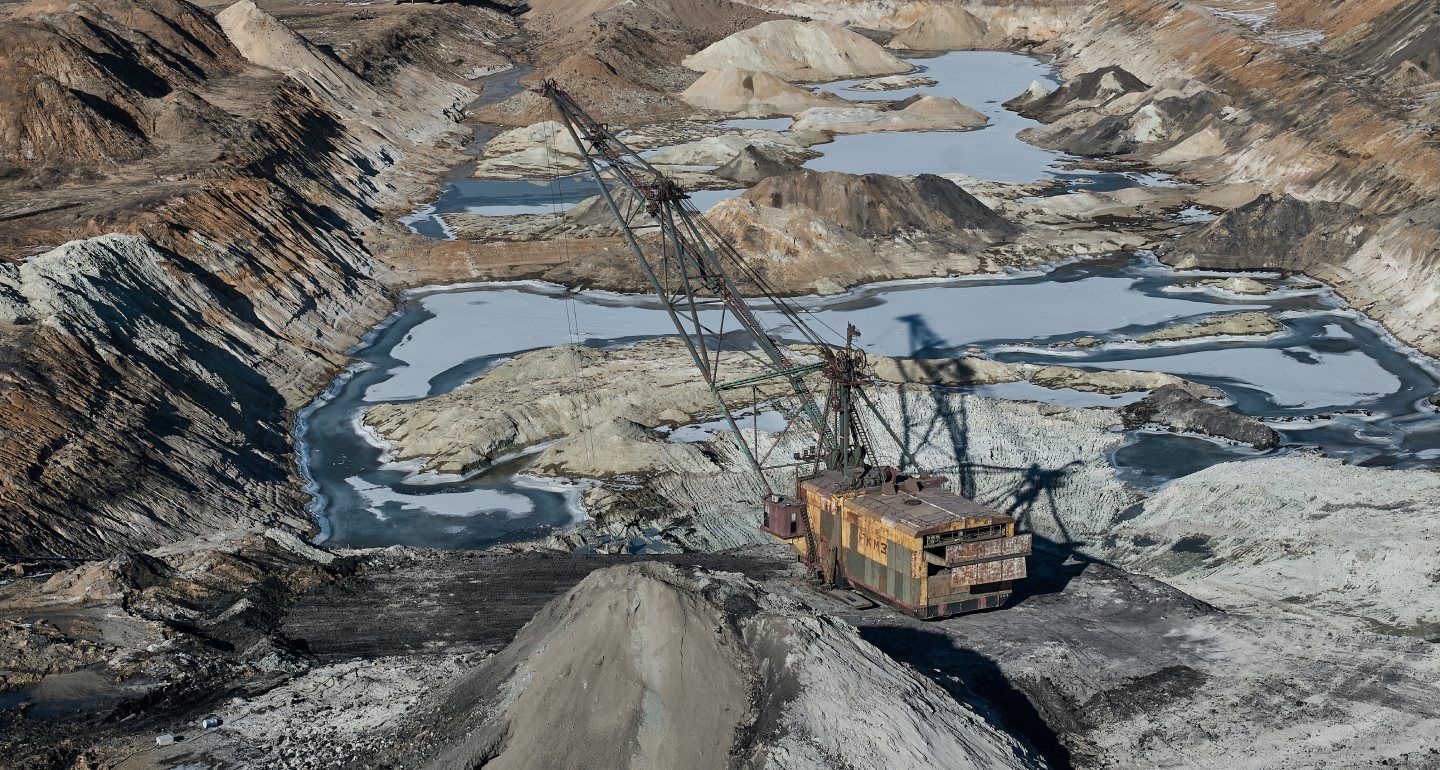The United States government is taking significant steps to strengthen its domestic production of rare earth elements, aiming to reduce reliance on foreign sources and bolster critical supply chains essential for modern technology and national security. This strategic investment reflects growing concerns over global competition for these vital materials, which play a crucial role in industries ranging from electronics and renewable energy to defense and telecommunications.
Rare earth elements, a group of 17 chemically similar metals, are indispensable in the manufacturing of a wide array of advanced technologies. From smartphones and electric vehicles to military equipment and wind turbines, these minerals are the backbone of many products that drive both the global economy and technological innovation. However, the supply of rare earths is heavily concentrated, with China currently dominating the market, accounting for a significant majority of global production and processing capacity.
Recognizing the vulnerabilities associated with over-dependence on a single supplier, particularly in light of escalating geopolitical tensions, the US government has announced plans to increase domestic mining, processing, and recycling of rare earths. This move is part of a broader strategy to secure critical supply chains, enhance economic resilience, and support the transition to clean energy technologies that rely on these materials.
The planned investment is expected to target both upstream and downstream sectors of the rare earths industry. This includes funding for exploration and development of domestic mining projects, as well as investments in refining and separation facilities, which are necessary to turn raw ore into usable materials for manufacturing. Additionally, the initiative may support research into alternative sources, such as rare earth recycling and the development of substitute materials that could reduce demand for these minerals.
One of the key difficulties in increasing domestic production of rare earths is the intricate and environmentally impactful nature of mining and processing. Rare earth extraction is a process that is technically demanding and often has significant environmental effects, leading to the concentration of the industry in nations with fewer regulations. The U.S. government’s strategy will probably include finding a balance between boosting production and implementing environmental protections, along with community involvement, to make sure new ventures are both sustainable and socially responsible.
To support this effort, federal agencies are expected to collaborate with private industry, academic institutions, and state governments. Public-private partnerships will play a key role in accelerating the development of rare earth supply chains, while also fostering innovation in extraction and processing technologies that could reduce environmental impacts and improve efficiency.
The decision to invest in rare earths is also closely tied to national security considerations. Many advanced defense systems, including missile guidance systems, fighter jets, and communication devices, rely on rare earth elements. Ensuring a reliable domestic supply of these materials is therefore considered vital to maintaining military readiness and technological superiority.
In addition to their use in defense, there is a growing demand for rare earths as the world moves towards clean energy solutions. Components made from rare earth materials are crucial for electric cars, solar installations, and wind energy systems, underscoring their importance in moving toward a low-carbon economy. As nations across the globe increase their investments in green technologies, competition for these materials is anticipated to grow, highlighting the necessity for diverse and reliable supply chains.
The US government’s planned investment comes amid increasing global awareness of the strategic importance of rare earths. Other nations, including Australia, Canada, and members of the European Union, are also exploring ways to strengthen their domestic capabilities and reduce reliance on imports from dominant suppliers. International cooperation may also play a role, as countries with shared interests in supply chain security seek to collaborate on resource development and technology sharing.
Developing a robust rare earth industry in the United States will not happen overnight. The process of identifying viable mineral deposits, obtaining permits, constructing facilities, and building out infrastructure can take years, if not decades. However, government support can accelerate progress by reducing financial risks for companies, providing regulatory clarity, and offering incentives for innovation.
Recycling rare earths from electronic waste and end-of-life products is another area of potential growth. Recovering rare earth elements from discarded electronics, such as old smartphones, laptops, and electric vehicle batteries, offers an environmentally friendly alternative to traditional mining. Research into more efficient and cost-effective recycling processes is ongoing, and government investment could help scale these solutions to meet growing demand.
Additionally, the initiative might inspire the investigation of other materials that could substitute or lessen the reliance on rare earth elements in specific uses. Progress in the field of material science could lead to the development of alternatives that serve comparable roles in technology, without facing the same supply chain challenges. Although these alternatives might not completely remove the reliance on rare earths, they have the potential to ease demand stresses and provide more adaptability for producers.
The economic impact of expanding rare earth production in the United States could also be significant. New mining operations, processing facilities, and associated industries could create jobs, stimulate regional economies, and enhance the competitiveness of American manufacturing. Ensuring that these economic benefits are distributed equitably, including to communities historically affected by resource extraction, will be an important consideration as the industry grows.
The government’s focus on rare earths is part of a larger policy shift toward strengthening domestic supply chains for critical materials more broadly. Recent disruptions caused by the COVID-19 pandemic, geopolitical tensions, and global supply chain bottlenecks have underscored the risks of over-dependence on foreign suppliers for essential goods, from semiconductors to pharmaceuticals. The rare earths strategy aligns with efforts to build greater resilience across multiple sectors.
Industry experts have shown tentative optimism regarding the government’s proposals. They highlight that although financial backing and policy consistency are crucial, a long-lasting dedication will be vital to develop a genuinely competitive local rare earth market. Openness, stable regulations, and capital availability will be critical elements affecting the success of these projects.
Environmental advocates have also weighed in, emphasizing the need for stringent oversight and sustainable practices in any new mining or processing projects. Protecting ecosystems, minimizing water and air pollution, and engaging with Indigenous communities and local stakeholders will be critical to ensuring that rare earth development does not come at the expense of environmental or social well-being.
The investment in rare earths is also likely to spur innovation in clean energy and advanced manufacturing. By securing a stable supply of these materials, the United States can accelerate its leadership in electric vehicles, renewable energy, and emerging technologies, positioning itself competitively in the global market.
As these initiatives progress, the importance of rare earth elements in influencing the future of technology, defense, and sustainability is becoming increasingly apparent. The government’s forward-thinking strategy highlights the understanding that ensuring access to essential minerals is not merely an economic need but a strategic requirement in a connected, swiftly changing world.
In the future, evaluating the success of this investment will depend not only on the amount of rare earths extracted but also on the sector’s capacity to innovate, manage responsibly, and help achieve wider national objectives. Through strategic planning, partnership, and vision, the United States has a chance to establish a strong, competitive, and enduring rare earths industry that bolsters economic growth and international leadership.





